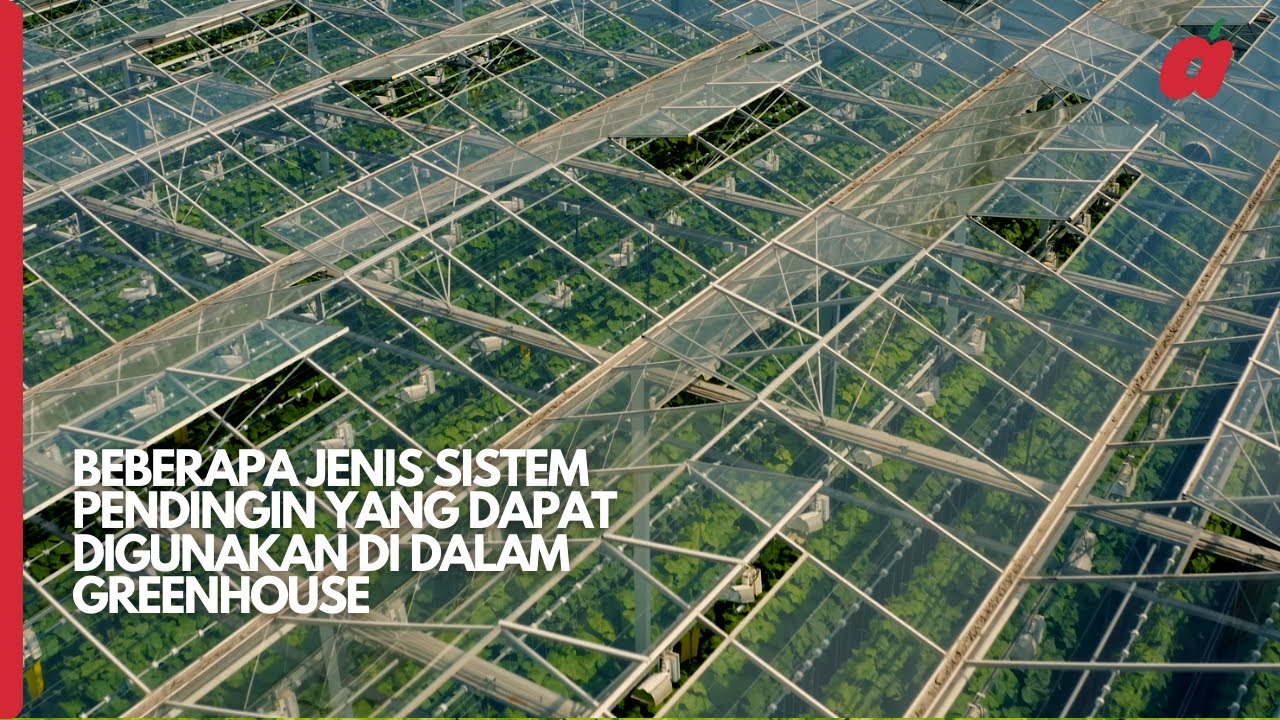Telemetry drinking water network water cycle
Summary
TLDRTelemetry remote terminal units (RTUs) are essential in monitoring and managing water systems such as wells, pumping stations, treatment plants, and reservoirs. These units allow for remote operation, data collection (e.g., pH, conductivity, chlorine levels), and alarm transmission. The data is sent to a central SCADA system for analysis and control. RTUs also facilitate communication between remote sites, ensuring coordination, particularly when pumping operations are distant from reservoirs. They are equipped with level sensors for accurate monitoring and process control, enhancing operational efficiency in water management.
Takeaways
- 😀 Telemetry Remote Terminal Units (RTUs) are used in wells, pumping stations, treatment stations, and reservoirs.
- 😀 RTUs enable the monitoring of pumping operations, water meter balances, and alarm transmission.
- 😀 RTUs facilitate communication between different sites, sometimes allowing for process control.
- 😀 Water parameters like pH, conductivity, and chlorine levels are collected by RTUs and sent to a central SCADA system.
- 😀 The sites using RTUs are remotely managed and monitored through telemetry systems.
- 😀 Level sensors are typically installed in sites and are directly connected to the RTU for data collection.
- 😀 Communication between remote pumping sites and reservoirs is done through RTUs, often referred to as inter-site communication.
- 😀 RTUs play a crucial role in ensuring smooth and efficient communication and monitoring across different locations.
- 😀 Water parameters collected by RTUs help in the management of water quality and operations.
- 😀 Soft RTUs enable inter-site communication, especially between pumping stations and reservoirs, for efficient water management.
Q & A
What are Telemetry Remote Terminal Units (RTUs) used for in water management?
-RTUs are used to monitor and manage water systems such as pumping stations, treatment plants, and reservoirs. They collect operational data like water meter balances, pH levels, conductivity, and chlorine concentrations and transmit it to a central SCADA system.
How do Telemetry RTUs help in remote water system management?
-Telemetry RTUs enable remote management by providing real-time data collection, monitoring, and control of water systems, allowing operators to manage multiple sites without being physically present.
What types of water quality parameters are monitored by Telemetry RTUs?
-Telemetry RTUs monitor parameters such as pH, conductivity, chlorine levels, and other water quality indicators to ensure proper water treatment and distribution.
What is the role of the SCADA system in conjunction with Telemetry RTUs?
-The SCADA system receives data from the RTUs, allowing operators to analyze and monitor water quality and system performance from a central location, ensuring efficient management and decision-making.
How does communication work between remote pumping stations and reservoirs?
-Communication between remote pumping stations and reservoirs is facilitated through intersite communication, where data is transmitted between sites via the RTUs to ensure synchronized operation and control.
What is intersite communication in the context of Telemetry RTUs?
-Intersite communication refers to the data exchange between different remote sites, such as pumping stations and reservoirs, which is enabled by RTUs to ensure the smooth functioning of water systems.
What are the benefits of using Telemetry RTUs in water systems?
-The benefits include continuous monitoring of water quality and system status, efficient remote management, reduced need for on-site personnel, and the ability to detect issues in real time to ensure optimal operation.
What types of sensors are typically connected to Telemetry RTUs?
-Level sensors and other monitoring devices are typically connected to the RTUs, providing real-time data on water levels, flow rates, and other critical parameters.
Why is it important to monitor water parameters like pH and chlorine levels?
-Monitoring pH and chlorine levels is crucial to maintaining water quality and ensuring that the water treatment processes meet health and safety standards, preventing contamination and ensuring safe drinking water.
How does Telemetry RTUs contribute to process control in water systems?
-RTUs can transmit alarms, communicate between sites, and carry out process controls, ensuring that water systems operate efficiently and respond to any changes or issues detected in real time.
Outlines

This section is available to paid users only. Please upgrade to access this part.
Upgrade NowMindmap

This section is available to paid users only. Please upgrade to access this part.
Upgrade NowKeywords

This section is available to paid users only. Please upgrade to access this part.
Upgrade NowHighlights

This section is available to paid users only. Please upgrade to access this part.
Upgrade NowTranscripts

This section is available to paid users only. Please upgrade to access this part.
Upgrade Now5.0 / 5 (0 votes)





